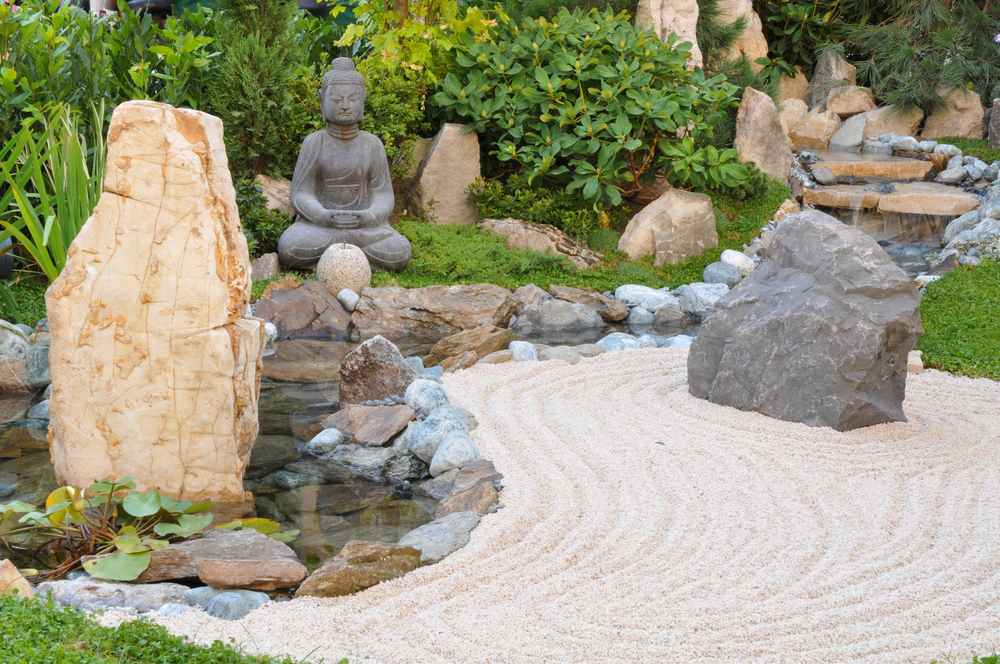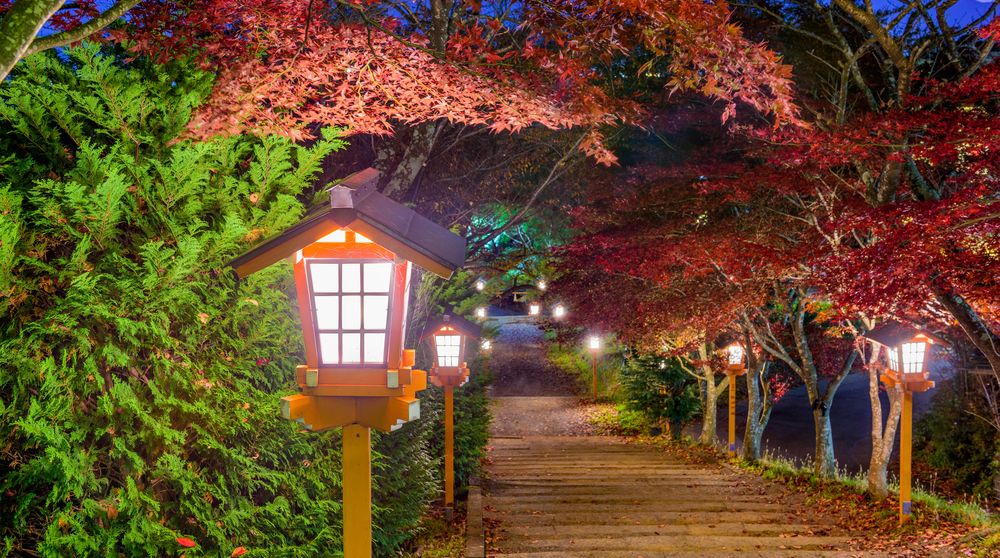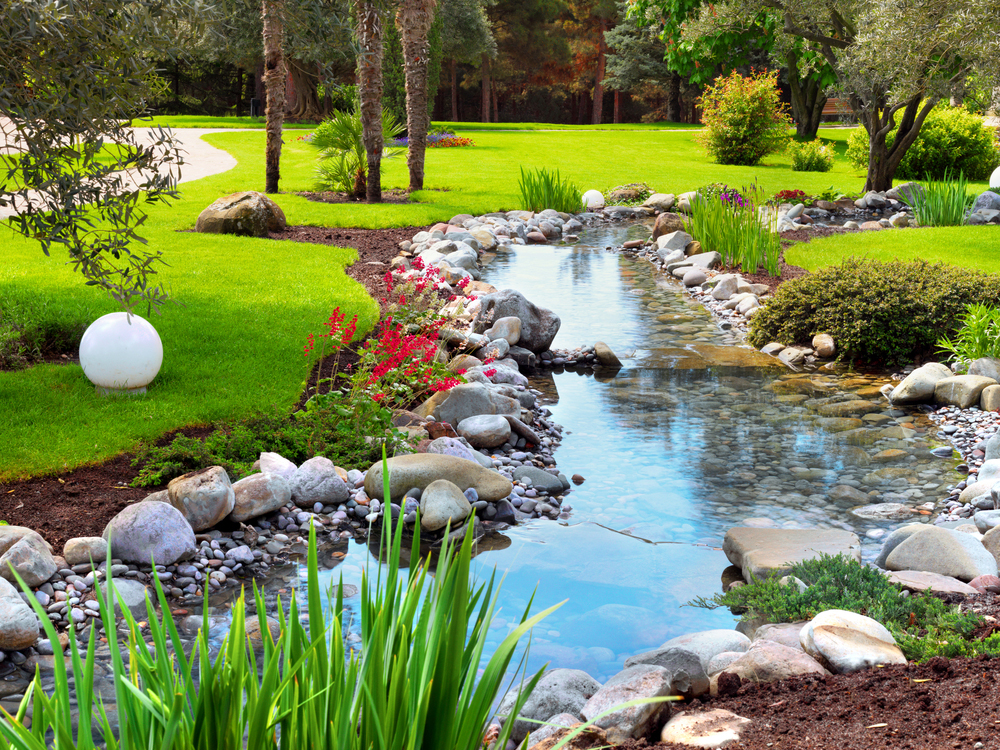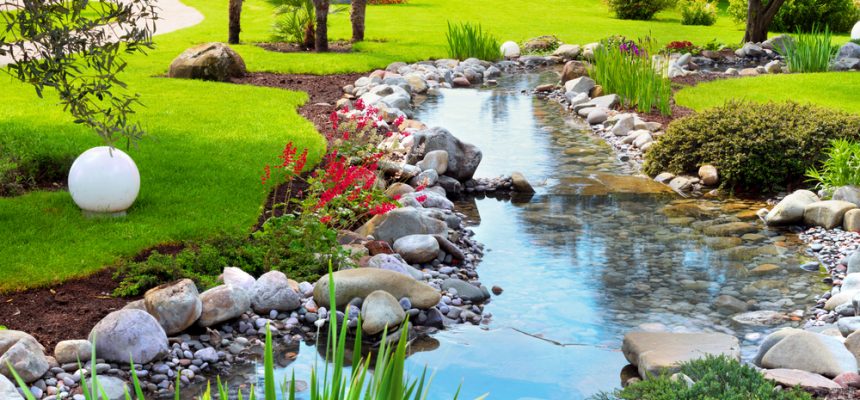Japanese gardens are famous for their designs, intended to bring a sense of peace and harmony between man and nature. Traditional aesthetics in Japan are generally very focused on replicating organic and rustic elements, essentially showing an appreciation for the design inherent in nature.
Japanese gardens are popular all over the world, and many landscape gardeners incorporate elements of traditional Japanese gardens in order to achieve that sense of tranquility and balance in their landscaping and garden design. There is a myriad of methods to achieve this, as there are many different elements to Japanese gardens. We will look at a few that can transform and refresh your garden into a tranquil and harmonious oasis with not too much effort at all.
Microcosms
The underlying philosophy to Japanese gardens is ultimately to replicate through microcosm the macro magnificence of nature. Bonsai trees are popular for this exact reason. Ponds represent the greatness of larger lakes, boulders represent mountains, paths represent rushing rivers, and so on. Each element ought to be carefully designed to achieve a dynamic effect which appears to in continued motion and relation to all its surrounding elements. Think of a diorama or dollhouse garden, which the intention to replicate the way in which nature exists on its own, without human interference.
Winding Paths

Because Japanese garden
design mimics natural design, there are no straight lines or angles.
Paths are designed to curve and flow with the natural levels of the
land, placing the observer of the garden into a mindset more
receptive to natural design and harmony with nature rather than
curation and domination over it.
To achieve a proper winding
path, first have a look at your garden’s topography. Whatever
direction your winding path takes must run alongside this topography
much like a river would run alongside land. Pave the path with small,
flat stone pebbles, or use large, flat slate to map out stepping
stones.
Lanterns

Japanese lanterns, or pagodas, are a classic element to any garden that adds a lovely focal point and feeling of stability and harmony. Pagoda lanterns are traditionally viewed as talismans or protective symbols. These lanterns will be m, ade of stone and placed alongside winding paths as guides along the winding journey.
Borrowed View

Another essential
element of a Japanese garden is the relationship between the enclosed
space and the outside world. This is typically known as ‘borrowed
view’ and is achieved by ‘framing’ the vista visible from whatever
gate or opening from which the garden is accessible. The rest of the
garden is enclosed, typically by stone wall, bamboo, or fences made
from natural elements. This aspect of the garden is essential to the
feeling of tranquility as it gives the garden a meditative quality to
which one can retreat from the outside. The gate or entrance to the
garden will be placed in such a way as to control what is seen from
the inside, furthering the general philosophy of the microcosm.
Adding an enclosure to your garden and limiting its view of the
outside will give it a peaceful, oasis-like quality.
By
incorporating these traditional Japanese elements to your garden, you
will be well on your way to a beautiful oasis that is your retreat
from everyday life.

